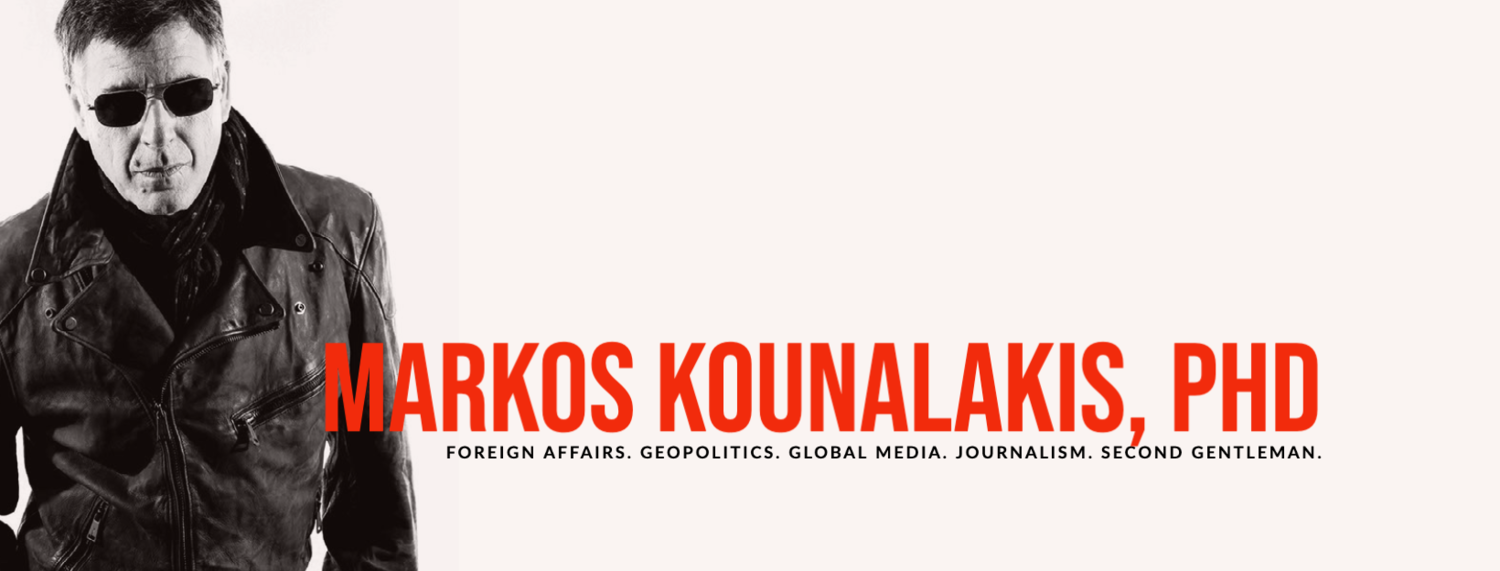Disrupting Islamic State, saving ancient civilization and employing virtual reality
Cultural touchstones hold a special place in the human heart. War and death that take place in far off regions often go unnoticed until the publicized destruction of iconic structures or famed antiquities finally bring the war home.
Yugoslavia’s civil war was widely unnoticed until 1993 when centuries-old Mostar stone bridge crumpled under sustained bombing. The depravity of the Taliban’s widespread violence hit many policymakers’ radar screens in 2001 only after the giant sixth century Afghan Buddhas of Bamiyan were dynamited.
This photo released Tuesday on a social media site used by Islamic State militants, which has been verified and is consistent with other Associated Press reporting, shows smoke from the detonation of the 2,000-year-old temple in Syria’s ancient city of Palmyra. Uncredited The Associated Press.
Last week’s leveling of Palmyra’s famed temples at a protected UNESCO World Heritage site in Syria remind the world that a new culprit, the Islamic State, is fighting to wipe out large numbers of people and nearly all history. The world has taken note.
While struggling refugees stream out of the region, racing to Europe for survival, immobile sites and artifacts also need to survive. If there is hope for reconstructing what is left behind, destroyed, lost or stolen, however, it is in the virtual digital world developed in Silicon Valley. Read more

